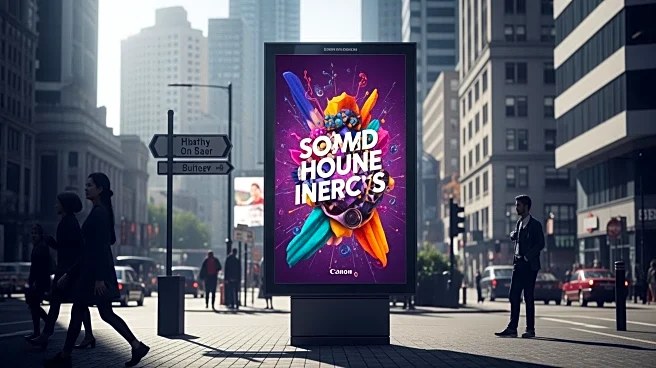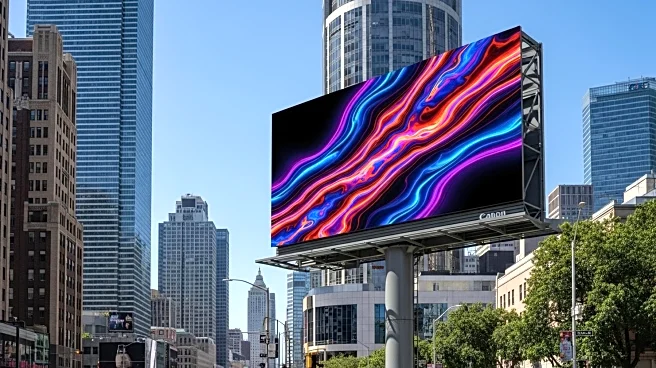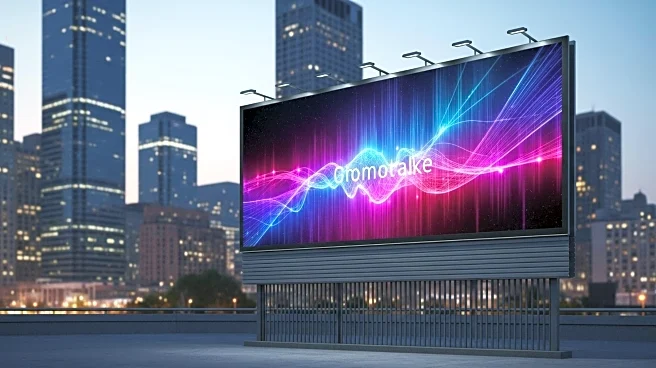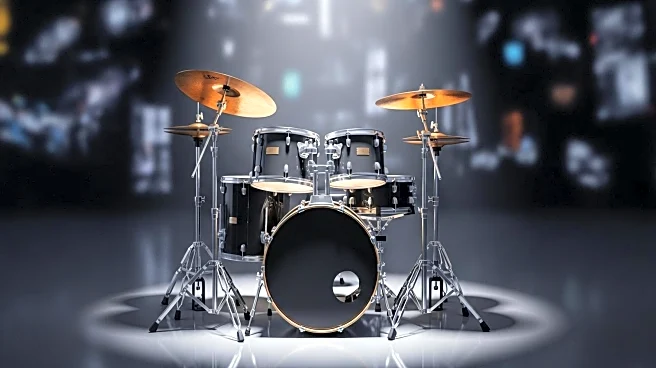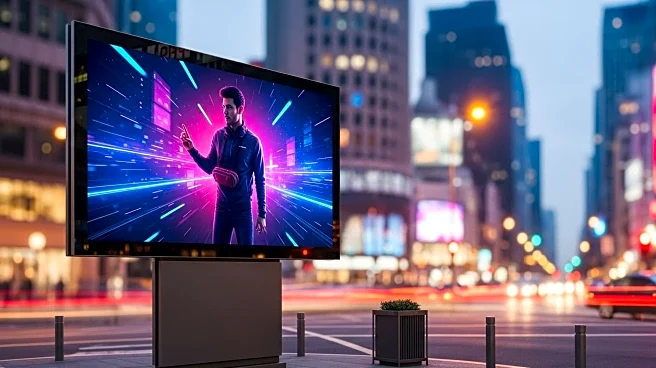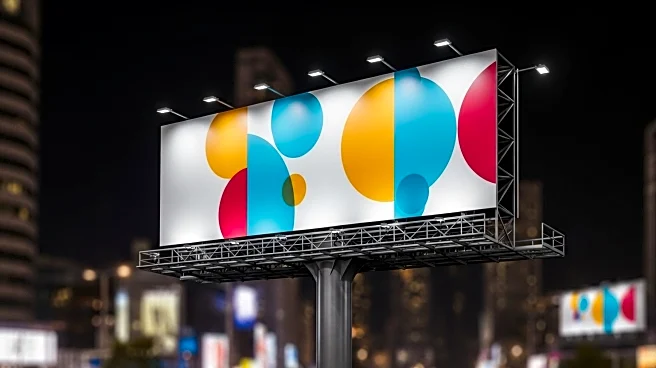What's Happening?
Out-of-home (OOH) advertising is evolving with creative strategies that aim to capture consumer attention in innovative ways. Georgia Hamp from Grand Visual highlights the importance of surprise and relevance
in OOH campaigns. These strategies include interactive billboards, 3D displays, and experiential bus shelters that engage passersby. The approach is designed to make ads memorable and shareable, turning them into moments that resonate with audiences. Examples include Specsavers' 'crashed' van stunt and Red Bull's collaboration with Tetris, which transformed digital screens into interactive games. These campaigns leverage technology to create dynamic experiences that go beyond traditional advertising methods.
Why It's Important?
The shift towards creative OOH advertising reflects a broader trend in marketing where engagement and interaction are prioritized over passive consumption. This approach can significantly impact brand visibility and consumer loyalty, as memorable experiences are more likely to be shared on social media, amplifying reach. Brands that successfully implement these strategies can differentiate themselves in a crowded advertising landscape, potentially leading to increased sales and brand recognition. The integration of technology in OOH advertising also bridges the gap between digital and physical marketing, offering a holistic approach to consumer engagement.
What's Next?
As technology continues to advance, OOH advertising is expected to become even more interactive and personalized. Brands may increasingly use data-driven insights to tailor ads to specific audiences, enhancing relevance and engagement. The use of augmented reality and real-time data could further transform OOH spaces into immersive environments. Stakeholders in the advertising industry, including marketers and tech developers, are likely to explore new ways to integrate these technologies into their campaigns, potentially setting new standards for consumer interaction and brand storytelling.
Beyond the Headlines
The evolution of OOH advertising raises questions about privacy and data usage, as personalized ads rely on consumer data. Ethical considerations regarding how data is collected and used will become increasingly important. Additionally, the cultural impact of these advertising strategies may influence public spaces, as they become more commercialized and interactive. Long-term, this could lead to shifts in how consumers perceive and interact with their environments, potentially affecting urban planning and public policy.
